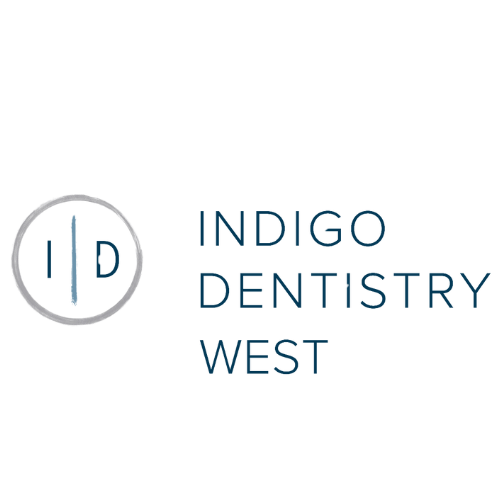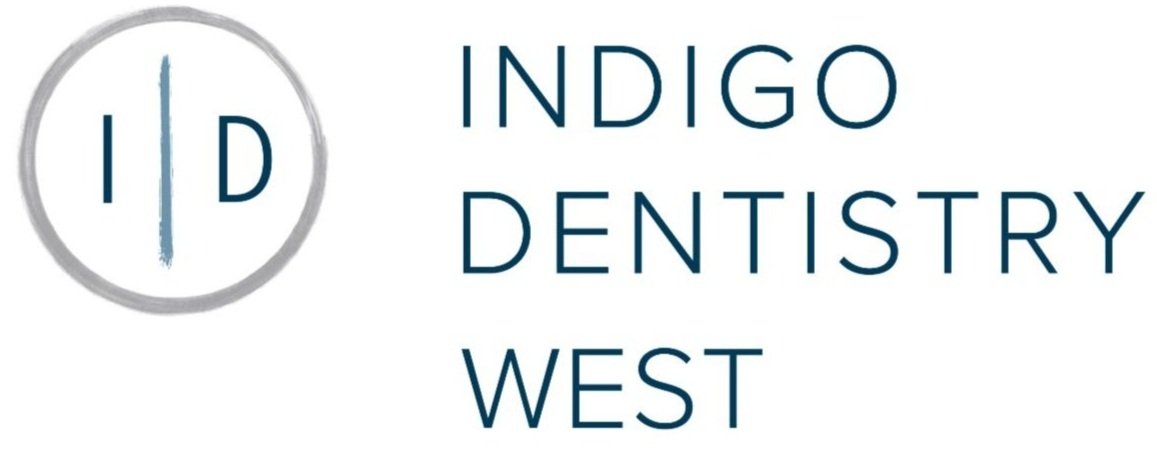The Silent Destroyer: Uncovering the Hidden Dangers of Tobacco Products in Dentistry
As a leading dental professional at Indigo Dentistry, Dr. McCoy has witnessed the devastating effects of tobacco products on oral health. While the dangers of smoking and tobacco use are well-known, there are hidden dangers specific to dentistry that many people may not be aware of. From gum disease to oral cancer, tobacco use poses serious risks to oral health. In this blog, Dr. McCoy uncovers the hidden dangers of tobacco products in dentistry and provides valuable insights for patients and healthcare professionals alike.
The negative effects of tobacco products on oral health
Tobacco products, including cigarettes, cigars, and smokeless tobacco, have long been known to cause significant harm to overall health. However, the detrimental impact these products have on oral health is often overlooked. As a dental professional, it is important for me to highlight the specific and alarming consequences that tobacco use can have on your teeth, gums, and entire oral cavity. One of the most common oral health issues caused by tobacco use is gum disease. Smoking weakens the immune system, making it harder for the body to fight off infections. As a result, smokers are more susceptible to gum infections, which can lead to inflammation, bleeding gums, and ultimately, tooth loss. Tobacco use is also a major risk factor for oral cancer. The chemicals contained in tobacco products can damage the cells in the oral cavity, leading to the development of cancerous tumors. Oral cancer can be life-threatening, and early detection plays a vital role in improving the chances of successful treatment. In addition to gum disease and oral cancer, tobacco products can also contribute to other oral health problems such as bad breath, tooth staining, and compromised healing after dental procedures. The nicotine and tar present in tobacco products can leave stubborn stains on teeth, leading to a dull, yellowish appearance. Furthermore, smoking can impair blood flow, inhibiting the body's ability to heal efficiently and increasing the risk of complications after oral surgeries or dental implant procedures. It is crucial for both patients and healthcare professionals to understand the negative effects of tobacco products on oral health. By raising awareness about these hidden dangers, we can hopefully inspire individuals to take measures to quit tobacco use and protect their oral health.
Common tobacco products used in dentistry
While it is well-known that tobacco use is detrimental to oral health, it is important to discuss the specific tobacco products that are commonly used in the field of dentistry. Understanding these products can help dental professionals identify patients who may be at a higher risk for oral health issues and provide the necessary support and guidance. One common form of tobacco product used in dentistry is chewing tobacco. Chewing tobacco is often placed between the cheek and gum, where it is left to slowly release nicotine into the bloodstream. This can cause significant damage to the oral cavity, including gum recession, tooth decay, and a higher risk of oral cancer. Another tobacco product that is frequently seen in dental offices is snuff. Snuff, a powdered form of tobacco, is typically placed between the gum and the cheek or sniffed into the nasal cavity. Like chewing tobacco, snuff can lead to tooth decay, gum disease, and oral cancer. It is essential for dental professionals to educate patients about the specific risks associated with these tobacco products and encourage them to quit for the sake of their oral health. By addressing the use of these products head-on, dental practitioners can play a vital role in helping patients make informed decisions to protect their overall well-being.
4. How tobacco use affects dental treatment outcomes
The impact of tobacco use extends beyond the initial damage it causes to oral health. It also significantly affects dental treatment outcomes. Dental procedures such as tooth extractions, dental implant placements, and periodontal surgeries have been shown to have higher failure rates in patients who use tobacco products. When it comes to tooth extractions, for example, studies have found that smokers have a higher risk of developing dry socket, a painful condition where the blood clot that forms after extraction dissolves or dislodges prematurely. This can delay healing and increase the risk of infection. In the case of dental implants, the success rate is considerably lower in smokers compared to non-smokers. This is due to the compromised healing process in tobacco users, which impairs bone integration with the implant and increases the likelihood of implant failure. Tobacco use can exacerbate the progression of gum disease. Periodontal treatments, such as scaling and root planing or gum surgeries, may not be as effective in smokers because the impaired blood flow and reduced immune response hinder the healing process. Tobacco use not only damages their oral health but also directly affects the success and longevity of their dental treatments. Quitting tobacco can improve the chances of a successful outcome and enhance overall oral health.
The link between tobacco use and oral cancer
One of the most alarming and devastating consequences of tobacco use in dentistry is the increased risk of developing oral cancer. Tobacco products, whether smoked or chewed, contain numerous harmful chemicals that can cause mutations in the DNA of oral cells, leading to the formation of cancerous tumors. Research has shown that individuals who smoke or use smokeless tobacco are at a significantly higher risk of developing oral cancer compared to non-users. In fact, tobacco use is one of the leading causes of oral cancer worldwide. Oral cancer can affect any part of the mouth, including the lips, tongue, cheeks, and throat. It often manifests as persistent mouth sores, red or white patches, difficulty swallowing, or a change in voice. If left untreated, oral cancer can spread to other parts of the body, resulting in life-threatening complications. Regular dental check-ups are crucial for early detection and prompt treatment of oral cancer. Dentists are trained to evaluate the oral tissues for any abnormalities and can refer patients for further medical evaluation if necessary. Quitting tobacco use is the most effective way to reduce the risk of oral cancer and improve overall health.
Strategies for addressing tobacco use with patients
As dental professionals, it is our responsibility to not only treat oral health issues but also to educate and support our patients in making healthier choices. Addressing tobacco use with patients can be challenging, but it is an essential conversation to have in order to protect their oral health. The first step is to create a non-judgmental and supportive environment for your patients. Understand that quitting tobacco is a difficult journey and express your willingness to help them through it. Take the time to listen to their concerns and encourage them to ask questions. Next, provide factual information about the harms of tobacco use. Discuss the link between tobacco and oral cancer, as well as other dental problems such as gum disease, tooth loss, and bad breath. Use visual aids such as photographs or diagrams to help your patients understand the impact of tobacco on their oral health. Offer personalized quitting strategies based on their individual needs. This may include recommending nicotine replacement therapy, prescribing medications, or referring them to cessation programs or support groups. Provide ongoing support and follow-up appointments to track their progress and address any challenges they may face during the quitting process. Remember, quitting tobacco is a journey, and relapses may occur. Be patient and offer continuous support to help your patients overcome their addiction. By addressing tobacco use with your patients, you can play a vital role in helping them improve their oral health and overall well-being.
The role of dental professionals in promoting tobacco cessation
We have a unique opportunity to promote tobacco cessation and play a significant role in helping our patients live healthier lives. By taking an active role in addressing tobacco use, we can make a profound impact on our patients' oral health and overall well-being. One of the ways we can promote tobacco cessation is by incorporating tobacco screening into our routine dental assessments. By asking simple questions about tobacco use and documenting the responses, we can identify patients who may be at risk and in need of intervention. This screening process allows us to initiate conversations about the dangers of tobacco use and offer support and resources for those looking to quit. In addition to screening, providing education and counseling is crucial in helping patients understand the risks of tobacco use and the benefits of quitting. We can provide information, resources, and strategies for quitting, and continually offer support and encouragement throughout the process. Collaboration with other healthcare professionals is also key in promoting tobacco cessation. By referring patients to smoking cessation programs or collaborating with primary care physicians, we can ensure that our patients receive comprehensive care and support throughout their tobacco cessation journey. In conclusion, as dental professionals, we have a responsibility to address tobacco use with our patients and support them in making positive changes. By incorporating tobacco screening, providing education and counseling, and collaborating with other healthcare professionals, we can make a significant difference in our patients' lives. Let us continue to prioritize tobacco cessation in our dental practices and contribute to a healthier, smoke-free society.
Taking a stand against tobacco products in dentistry
In conclusion, it is essential for dental professionals to be proactive in addressing the dangers of tobacco use and promoting tobacco cessation among their patients. By incorporating tobacco screening into routine assessments, we can identify individuals at risk and provide the necessary intervention. Through education, counseling, and ongoing support, we can empower patients to make positive changes and quit tobacco for good. Additionally, collaborating with other healthcare professionals ensures a comprehensive approach to tobacco cessation. As dental professionals, let us continue taking a stand against tobacco products, prioritizing tobacco cessation in our practices, and contributing to a healthier, smoke-free society. Together, we can make a significant difference in the lives of our patients and promote better oral health for all.

